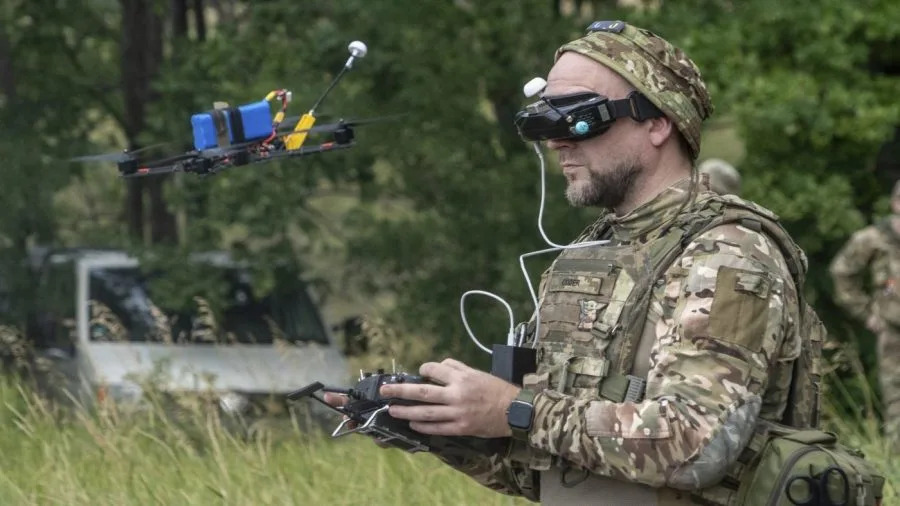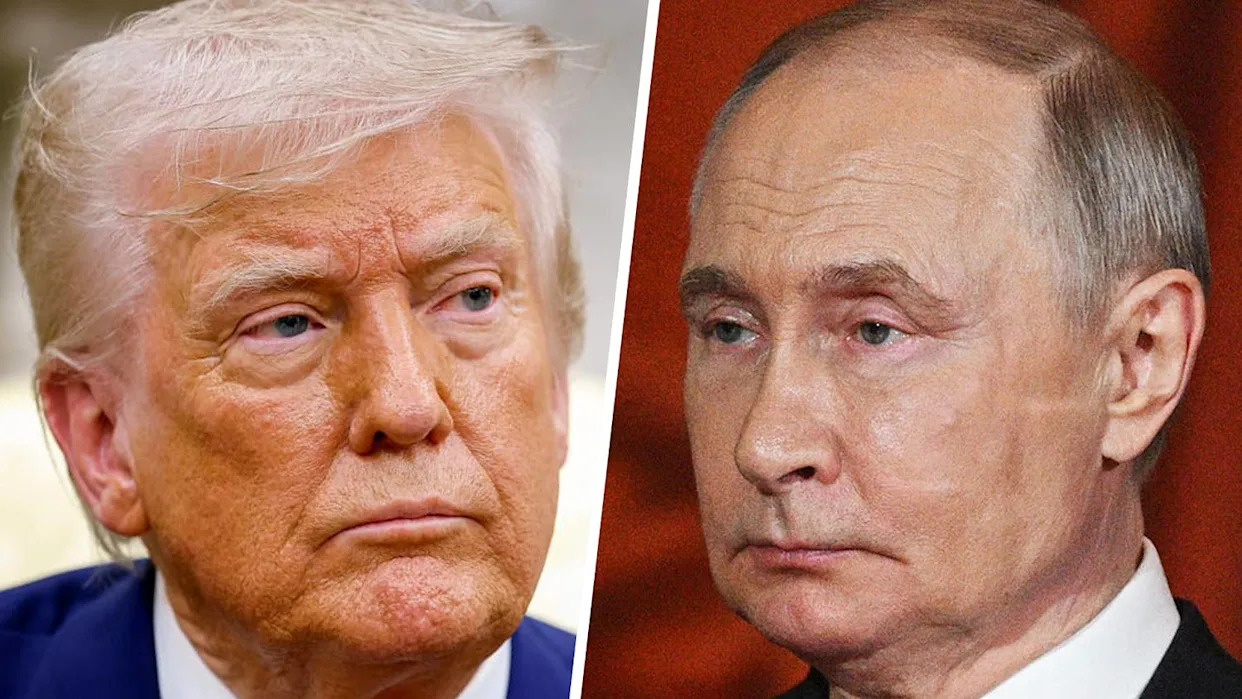
President Trump has long promised to deliver better deals — ones that put American interests, industry and strength first. Coming on the heels of his Alaska meeting with Vladimir Putin, a historic drone megadeal between the U.S. and Ukraine — reportedly valued between $10 billion and $30 billion — offers Trump the chance to pressure Moscow while securing a deal that advances U.S. strategic interests.
This deal isn’t just a defense contract. It is a strategic bridge between America’s current industrial limitations and the wartime production capacity the we need to deter future conflict. It is also a warning shot to China that the U.S. is getting serious about scaling military drone innovation at speed and cost.
America’s unmanned drone arsenal is not ready for a prolonged fight in the Indo-Pacific. Despite advances in AI and autonomous systems, we face a dangerous gap — we lack the industrial base to produce the volume of smart, expendable and networked uncrewed systems required for high-intensity, multi-domain conflict.
That’s where this deal comes in. America’s industrial base needs time to build factories, establish supply chains that are compliant with Pentagon rules and iterate on product designs to deliver the necessary unmanned systems needed for a fight in the Indo-Pacific.
Ukraine, out of sheer necessity, has become the world’s most advanced proving ground and manufacturer for uncrewed military systems. In 2024 alone, it produced over 1.7 million drones — fielded, iterated and improved in combat conditions that mirror the future of warfare far more closely than American test ranges in Hawaii or Arizona ever could. From low-cost first-person vehicles to strategic sea drones and long-range deep-strike capabilities, Ukrainian engineers have led the charge for uncrewed systems and what Secretary of Defense Pete Hegseth rightly called “the biggest battlefield innovation in a generation.”
The U.S. shouldn’t try to reinvent the wheel. Instead, we should springboard off Ukraine’s hard-earned experience to accelerate our own industrial and technological transformation. (Full disclosure: My firm does consulting work in Ukraine, but I have no financial ties to Ukrainian drone companies.)
This deal offers three critical advantages.
First, it is a strategic bridge to reindustrialization. Building a new defense industrial base in America will take years, if not decades. The Ukrainian drone deal buys us time, capability and breathing room. It delivers operationally relevant drones at scale today, while we rebuild factories, train workers and realign acquisition models to fit a 21st-century fight. It’s not a handout — it’s a hedge against our current vulnerabilities.
Second, the operational gains generated by this deal will have applicability in a potential war in the Pacific. Ukraine’s drones, as successful as they have been in trench warfare, won’t map one-to-one to a theater characterized by vast maritime distances and denied environments. But Ukraine’s deep-strike and naval drone programs — already disrupting Russia’s dominance in the Black Sea — have direct applications for U.S. Indo-Pacific Command.
Integrating these capabilities into U.S. doctrine will enhance our lethality, expand the kill chain and signal to Beijing that American deterrence is not theoretical.
Third, this deal gives us access to the world’s best combat-proven drone engineers. And this is where the real opportunity lies. Through long-term partnerships, American companies — from major defense contractors to venture-backed disruptors — can tap into Ukraine’s top-tier talent. These are engineers who have lived through a decade’s worth of research-and-development cycles over the last two years. Given the multi-year scope of the deal, this isn’t a one-off purchase — it’s a pipeline of talent, innovation and battlefield iteration aligned to U.S. warfighting priorities.
If the U.S. partners deeply with Ukraine on drone innovation, it also denies Beijing access to a combat-proven technology base. It ensures that battlefield-proven AI, swarming tactics and electronic warfare capabilities stay in U.S.-aligned hands. And it turns Ukraine into an asset to help anchor American technological and industrial advantage in a world increasingly defined by great-power competition.
Some will argue this is just another foreign entanglement. That is a misread. This is not about subsidizing a foreign war — it’s about integrating battlefield-tested systems into American force design, doctrine and war-fighting functions. It’s about readiness. And it’s about building the industrial muscle to back up our strategy with actual mass.
Trump has a unique opportunity to redefine American defense procurement — not as a bureaucratic bottleneck, but as a competitive advantage. This deal embodies his “Peace Through Strength” doctrine: hard power, smart economics and global signaling all in one move.
If Trump leans in, he won’t just be supporting Ukraine. He’ll lay the groundwork for America’s reindustrialization, reshaping deterrence in the Pacific and putting the U.S. back in command of the battlefield technologies of tomorrow.
The deal is on the table. The question is, will he seize it?
Sam Scanlon, a former Army explosive ordnance disposal officer, is the co-founder of Vyryn Technologies.
Copyright 2025 Nexstar Media, Inc. All rights reserved. This material may not be published, broadcast, rewritten, or redistributed.
For the latest news, weather, sports, and streaming video, head to The Hill.






Comments